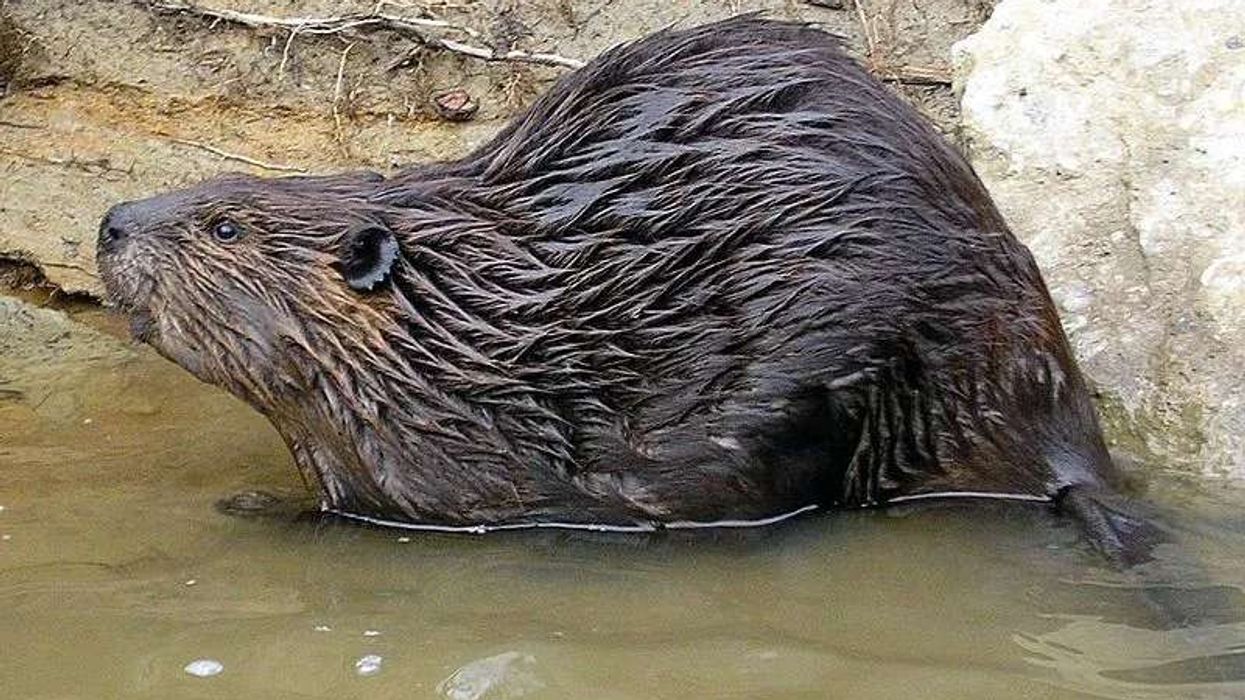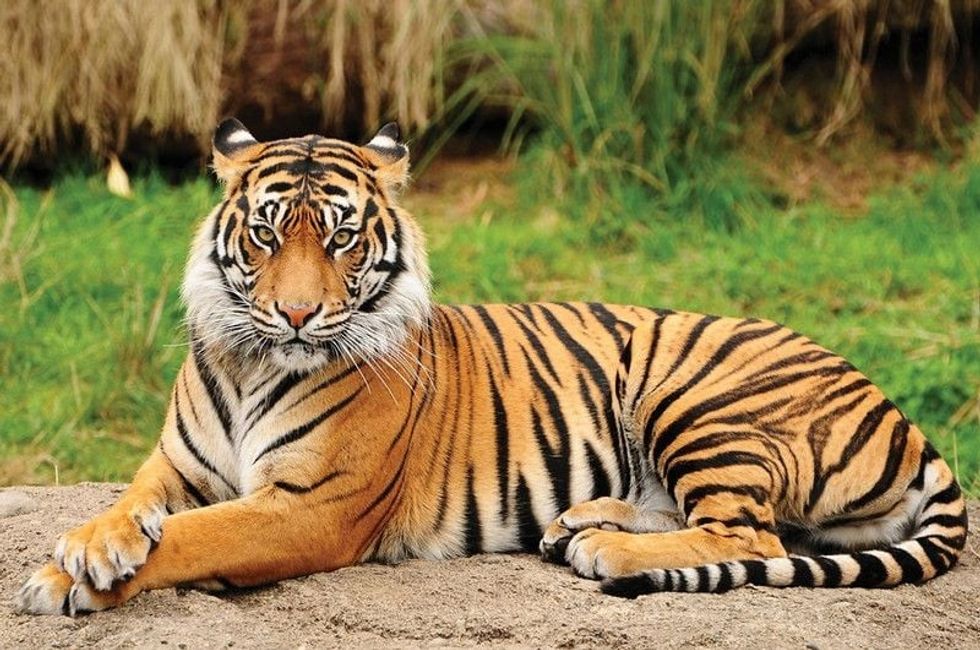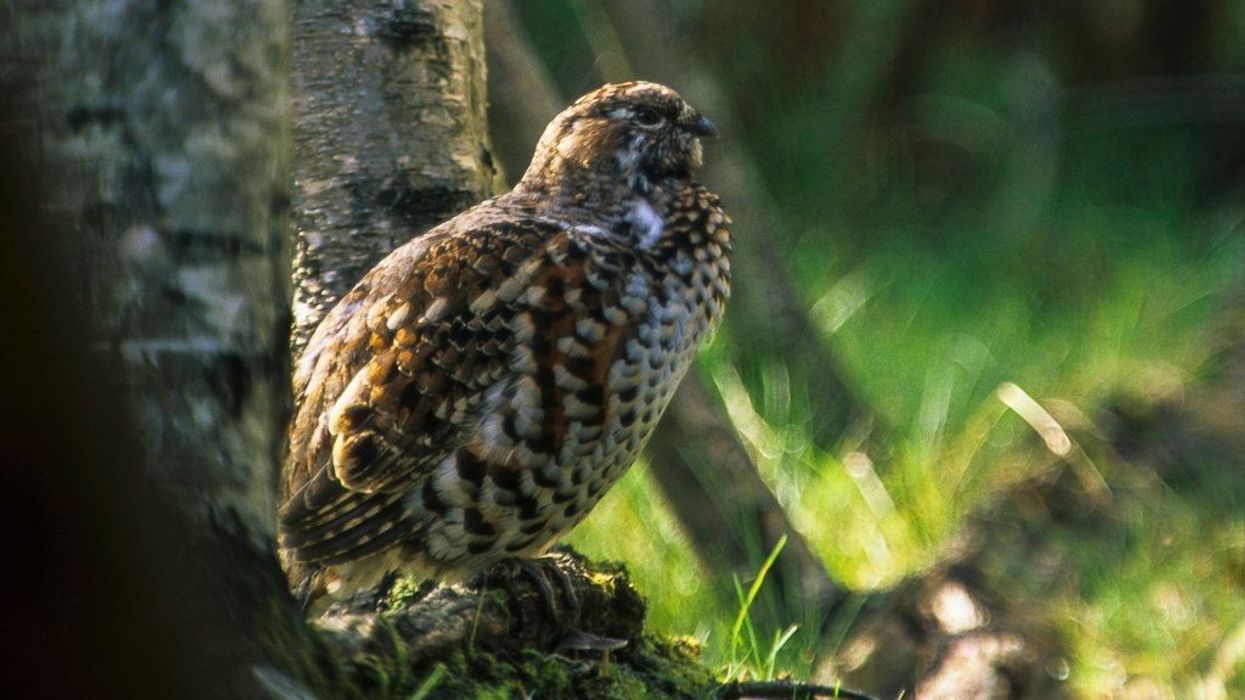Fun North American Beaver Facts For Kids

Content
- What type of animal is a North American beaver?
- What class of animal does a North American beaver belong to?
- How many North American beavers are there in the world?
- Where does a North American beaver live?
- What is a North American beaver's habitat?
- Who does North American beaver live with?
- How long does a North American beaver live?
- How do they reproduce?
- What is their conservation status?
- What do North American beavers look like?
- How cute are they?
- How do they communicate?
- How big is a North American beaver?
- How fast can a North American beaver run?
- How much does a North American beaver weigh?
- What are the male and female names of the species?
- What would you call a baby North American Beaver?
- What do they eat?
- Are they poisonous?
- Would they make a good pet?
- Did you know...
- Are beavers native to North America?
- How do they compare to other otters?
North American beavers are iconic animals that have got recognition all over the world. It is the official state animal of the U.S states of Oregon and New York, along with being popular in Canada.
By the name, you can understand that this beaver (Castor canadensis) species is mainly found in North America and is also the largest rodent found on the continent. Beavers are known for living near freshwater bodies like streams, ponds, and lakes, and it makes lodges just above the surface of the water.
These stocky and shiny rodents are also known for building dams and canals in water bodies which are pretty important for the ecology. Beaver dams can also contain flooding, and the rodents use materials that are easily available in nearby areas like twigs and branches of trees.
Most of us are aware of the broad paddle-shaped tail of a beaver, which helps them swim along with the webbed hind feet.
In addition, these beavers have a pair of scent glands on the bottom of its tail that aids in communication. Another striking thing about the beavers is their ever-growing front incisors that help to gnaw through even the toughest barks.
Aren't these rodents quite interesting? Keep reading to know more North American beaver facts. Also, check out the articles on American marten facts and weasel facts.
North American Beaver Interesting Facts
What type of animal is a North American beaver?
The North American beaver (Castor canadensis) is a semi-aquatic rodent found in North America.
What class of animal does a North American beaver belong to?
The North American beaver belongs to the class Mammalia and the genus Castor. It shares the genus with the Eurasian beaver.
How many North American beavers are there in the world?
As an abundant species, it is hard to put down the exact population of this species in North America as well as in the rest of the world.
Where does a North American beaver live?
The North American beaver (Castor canadensis) is native to the North American countries of the United States and Canada. However, the species is not present in the desert states of the United States and the northern parts of Canada and Mexico. This species of beaver has also been identified in some places of South America and Europe.
What is a North American beaver's habitat?
The North American beavers live in lodges built by it. These lodges can be seen on islands or the banks of ponds, lakes, and streams.
Beavers built these lodges in a way that the floor stays slightly above the surface of the water, and these housings also have two entrances. As intelligent animals, the beavers are known for their dam building.
Sticks, grass, and moss are used to build the lodges, and beavers use mud as the plaster. Grass or wood chips are also used to line the floors.
Beavers may also build the house on the bank of a pond or a lake where the lodge hangs slightly over the water. Beavers build the dams to manipulate the water present near its lodgings.
Who does North American beaver live with?
North American beavers make lodges that are above the surface of the water, and several family groups can stay in one area. A colony can contain eight or more beavers.
As territorial animals, beavers are well known for protecting their place and lodge. To signal danger, beavers use their tail to make a sound by beating it against the water.
Younger beavers often live in their parents' lodges before moving on to make their own. The older lodge beavers do have a habit of towering over the younger lodge beavers when it comes to power.
How long does a North American beaver live?
The average lifespan of beavers is around 10-20 years in the wild. A beaver will need to protect itself from predators and intruders, which can drastically lead to a shortened life. Dams are one of the ways a beaver seeks to protect itself from predators.
How do they reproduce?
As mammals, beavers (Castor canadensis) give birth to kits, and interestingly beavers mate for life as they are monogamous. A beaver may even remarry if a partner dies. One of the habits beavers have is to build colonies to mate with its partner.
The mating season for a beaver is mainly during the winter season in November to February. The average gestation period is three months, after which up to four live young kits are born. A beaver pair will rear a single litter every year.
Kits are born with red or brown fur cover and open eyes. Young beavers live in the lodge for a month, after which they can finally get into the water to look for solid food.
The average duration of weaning is around two weeks, but kits can take as long as 90 days in some cases.
It takes the kits a total of two years to gain full independence from the parents, and then it goes on to make its lodge and dams. A beaver will take up to three years to reach sexual maturity and have its kits.
What is their conservation status?
The International Union for Conservation of Nature (IUCN) Red List classifies the beaver under Least Concern rather than being Endangered. However, it should be noted that the beaver is often illegally hunted for its fur and meat.
There was a time when the population of beavers went down drastically, but since then, the population has been reinstated through conservation, so they are not endangered. Unfortunately, many people also kill beavers because of their habit of building dams.
North American Beaver Fun Facts
What do North American beavers look like?
Through the numerous depictions of beavers in cartoons and films, most of us are aware of the physical appearance of this animal. Beavers have a stocky body, and their hind legs are bigger than the front legs.
The webbed hind feet and the broad and flat tail allow the beavers to navigate waters quite easily. The beaver's body is covered in reddish-brown or blackish brown waterproof and glossy fur.
The water beavers have the perfect attire to stay in water for long durations while creating dams or making lodges. Beavers also have short and compact under hair.
The most interesting thing about the beavers has to be their large skull and front teeth. Their teeth grow continuously throughout their life, so a common behavior beavers have is to gnaw on things.
The upper incisors of the beaver are orange in color, and they can easily get through the barks of maple and oak trees. An American beaver castor and anal glands are present at the bottom of its tail.
The American beaver castor gland helps in producing castoreum that helps it in communication. A beaver can have a tail that may measure up to 10 in (25.4 cm), and the tail is usually covered with black scales.
How cute are they?
Beavers look extremely cute because of their ever-growing front teeth and their fluffy appearance.
How do they communicate?
One of the most interesting things about the beavers (Castor canadensis) from North America is their ways of communication. The beavers have special anal scent glands that help to mark territory as well as to communicate with fellow beavers.
In its habitat, beavers will leave the castoreum around to let others know that it is there. The broad and flat paddle-shaped tail also aids the water beavers to signal danger when a predator is nearby. When it comes to vocal communication, beavers usually make a low, groaning sound.
How big is a North American beaver?
The average size of the North American beavers is around 35.4-46 in (90-117 cm). Along with the broad flat scaly tail, beavers also tend to have large castor and anal glands that act as scent glands for easy communication. Compared to North American beavers, the largest rodent, capybaras, tend to have a size of around 41.7-52.7 in (106-134 cm).
How fast can a North American beaver run?
Even though beavers are extremely active while collecting materials for its lodges and dams, it isn't great at walking on the land. A beaver is safest when it is in water, and most of the dams are built as protection against predators.
Beavers have the power to swim at 6 mph (10 km/h), and their lungs allow them to stay submerged in water for over 15 minutes.
How much does a North American beaver weigh?
The average weight of the North American beavers is around 33-77 lb (15-35 kg).
What are the male and female names of the species?
There are no distinct names for the male and female beavers.
What would you call a baby North American Beaver?
A baby North American beaver is called a kit.
What do they eat?
When it comes to their diet, beavers are strictly herbivorous. These animals have a taste for cellulose which is seldom seen in other rodents.
The beavers are known for eating bark and cambium (the soft part of the tree hidden under the bark) along with leaves, roots, and buds. Beavers have the unique ability to digest cellulose because of the presence of cecum, a special sac present between the beaver's intestines.
Are they poisonous?
No, beavers aren't poisonous animals, but it is known for being quite territorial. Hence, it's always better to stay away from their habitats as an accidental encounter may result in bites and scratches.
Would they make a good pet?
Even though there have been some instances where human beings have taken beavers as pets, it's always better to leave the animal alone in its environment and habitat. The North American beaver habitat is hard to emulate in one's home, and it can also be huge trouble to keep the animal with you.
Did you know...
The American beaver castor glands are heavily sought-after, and beavers are hunted to acquire them.
Beavers cannot burp.
Even though the exact biotic things present in the ecosystem of North American beaver are yet to be known, the dam-building of these rodents helps in preventing floods and erosion of its environment.
Beavers are capable of making dams that are 10 ft in height and 1,600 ft (487.6 m) in length.
Similar to the castor glands of beavers, the badgers also produce a secretion known as taxea. These substances from both animals are thought to have medicinal properties.
Are beavers native to North America?
The North American beavers are native to North America and are found especially in different parts of the United States and Canada. However, it does have a cousin called the Eurasian beaver that lives across the continent.
How do they compare to other otters?
For some reason, many people seem to get confused between beavers and otters. These are distinct species even though both the animals share similar habitats.
For example, otters have a slender body compared to the stocky body of beavers. Similarly, otters tend to have an omnivorous diet with an affinity towards fish, but beavers are strictly herbivorous and prefer to eat bark. Otters can also be found near marine environments, whereas beavers prefer to stay in freshwater habitats by building lodges and dams.
Here at Kidadl, we have carefully created lots of interesting family-friendly animal facts for everyone to discover! Learn more about some other mammals from our gundi facts and ferret facts pages.
You can even occupy yourself at home by coloring in one of our free printable North American beaver coloring pages.
north america (native) europe and south america (introduced)
Get directionsWe Want Your Photos!
See All
Bachelor of Arts specializing in Journalism and Mass Communication, Postgraduate Diploma in Sports Management

Moumita DuttaBachelor of Arts specializing in Journalism and Mass Communication, Postgraduate Diploma in Sports Management
A content writer and editor with a passion for sports, Moumita has honed her skills in producing compelling match reports and stories about sporting heroes. She holds a degree in Journalism and Mass Communication from the Indian Institute of Social Welfare and Business Management, Calcutta University, alongside a postgraduate diploma in Sports Management.
Bachelor of Arts specializing in English Literature, Masters of Art specializing in English and Communication Skills

Sonali RawatBachelor of Arts specializing in English Literature, Masters of Art specializing in English and Communication Skills
Sonali has a Bachelor's degree in English literature from Guru Gobind Singh Indraprastha University and is currently pursuing a Master's in English and Communication from Christ University. With considerable experience in writing about lifestyle topics, including travel and health, she has a passion for Japanese culture, especially fashion, and anime, and has written on the subject before. Sonali has event managed a creative-writing festival and coordinated a student magazine at her university. Her favorite authors are Toni Morrison and Anita Desai.
Disclaimer
1) Kidadl is independent and to make our service free to you the reader we are supported by advertising. We hope you love our recommendations for products and services! What we suggest is selected independently by the Kidadl team. If you purchase using the Buy Now button we may earn a small commission. This does not influence our choices. Prices are correct and items are available at the time the article was published but we cannot guarantee that on the time of reading. Please note that Kidadl is a participant in the Amazon Services LLC Associates Program, an affiliate advertising program designed to provide a means for sites to earn advertising fees by advertising and linking to Amazon. We also link to other websites, but are not responsible for their content.
2) At Kidadl, we strive to recommend the very best activities and events. We will always aim to give you accurate information at the date of publication - however, information does change, so it’s important you do your own research, double-check and make the decision that is right for your family. We recognise that not all activities and ideas are appropriate for all children and families or in all circumstances. Our recommended activities are based on age but these are a guide. We recommend that these ideas are used as inspiration, that ideas are undertaken with appropriate adult supervision, and that each adult uses their own discretion and knowledge of their children to consider the safety and suitability. Kidadl cannot accept liability for the execution of these ideas, and parental supervision is advised at all times, as safety is paramount. Anyone using the information provided by Kidadl does so at their own risk and we can not accept liability if things go wrong.
3) Because we are an educational resource, we have quotes and facts about a range of historical and modern figures. We do not endorse the actions of or rhetoric of all the people included in these collections, but we think they are important for growing minds to learn about under the guidance of parents or guardians.







